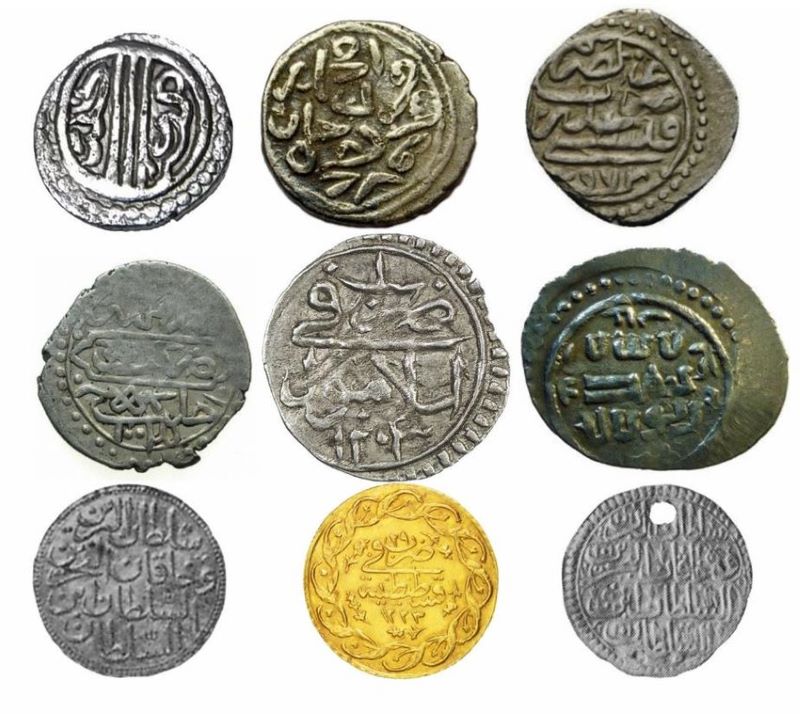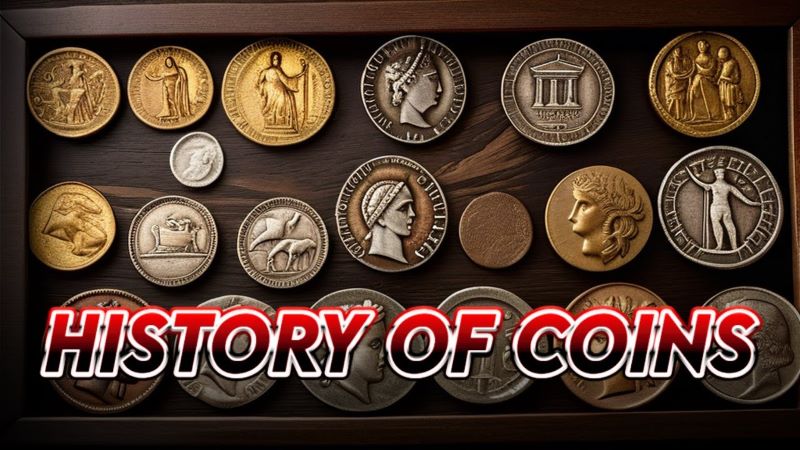Discover the intriguing history of coin production, from ancient Lydia to modern digital currencies. Explore how coins have evolved over centuries and their impact on trade, culture, and economy. Join us as we unravel the story behind the currency we use today!
The Dawn of Coinage
The history of coin can be traced back to the 6th century BCE in Lydia, an ancient kingdom located in what is now Turkey. The Lydians are credited with minting the first coins, made from electrum, a naturally occurring alloy of gold and silver. These early coins were irregularly shaped and bore symbols that conveyed authority and authenticity. This innovation represented a significant advancement in commerce, moving away from barter systems to a standardized medium of exchange.
The Introduction of Coins in Britain
Coins made their way to the British Isles around the 2nd century BCE, introduced by traders from Northern France. The first coins minted in Britain were known as Potins, created in the 1st century BCE. These coins were made from an alloy of copper, zinc, and lead, featuring rudimentary designs such as a bull and a bust of Apollo. The adoption of coins marked a transformative period for the British economy, facilitating trade and commerce.
The Celtic and Roman Influence
As various tribes in Britain began to mint their own coins, known as Staters, they embraced artistic designs that represented their identity and culture. However, the Roman invasion in the 1st century CE brought about a significant shift. The Romans introduced their own coinage, which quickly dominated and replaced the existing Celtic coins. Roman currency not only standardized trade but also spread economic practices across the empire, leaving a lasting impact on the British economy.
After the Romans departed in the 5th century CE, Britain reverted to a barter system. Coins would not regain prominence until the Anglo-Saxon period, highlighting how economic practices can oscillate based on external influences and societal changes.
The Rise of Hammered Coins
From the 7th century until the mid-17th century, coins were struck at various mints across Britain, made from precious metals such as gold, silver, and bronze. These early coins, known as “hammered” coins, were uneven in shape but gradually evolved into more sophisticated and beautifully designed pieces. The centralization of coin production in the late 13th century marked a pivotal moment, with the Royal Mint established in the Tower of London.
The Industrial Revolution and Coin Production
The late 17th century saw advancements in coin production techniques, transitioning from manual processes to mechanized production. This change significantly improved the quality, consistency, and security of coins, making counterfeiting increasingly difficult. By 1812, the Royal Mint had relocated to Tower Hill, where steam-powered presses enabled the production of more intricate designs at greater quantities.
The Great Recoinage of 1816 further established the foundation for modern coinage, as the British currency system underwent industrialization.
Decimalisation and Modern Coins
A landmark event in the history of coinage occurred on February 15, 1971, known as Decimalisation Day, when the UK transitioned from the old system of pounds, shillings, and pence to a decimal system. This change simplified currency calculations and improved public understanding of money, making it more accessible to the average person.
In recent years, the UK introduced new coins, such as the £1 and £2 coins, with enhanced security features to combat counterfeiting. The launch of the new 12-sided £1 coin in 2015 showcased advanced security measures while paying homage to the rich tradition of British coinage.
The Intersection of Coins and Cryptocurrency
As we reflect on the history of coin, it’s essential to draw parallels with the emerging field of cryptocurrency. Much like the evolution of physical coins, cryptocurrencies are redefining the concept of money in the digital age. The introduction of Bitcoin in 2009 marked a revolutionary shift, creating a decentralized and digital form of currency that operates on blockchain technology.
Cryptocurrencies share several characteristics with traditional coins, such as serving as a medium of exchange and a store of value. However, they also introduce unique features like transparency, security, and programmability. Just as coins facilitated trade and economic growth, cryptocurrencies are poised to transform financial systems, enabling borderless transactions and greater financial inclusion.
The Future of Coins and Currency
Today, the role of coins in everyday transactions is diminishing, largely due to the rise of digital payments and online banking. However, the design and production of coins have entered a golden age, with intricate designs that tell compelling stories and celebrate historical events.
As we move forward, the history of coin serves as a testament to human innovation and adaptability. The transition from physical coins to digital currencies highlights our ongoing quest for more efficient, secure, and inclusive forms of money.
The history of coin is a fascinating journey that illustrates humanity’s evolving relationship with money. From the first coins minted in Lydia to the rise of cryptocurrencies, coins have consistently played a vital role in economic systems. As blockchain technology continues to advance, it’s crucial to understand this history and its implications for the future of currency.
Ready to explore the fascinating world of cryptocurrency and its historical roots? Dive deeper into the evolution of money and discover how digital currencies are shaping the future of finance. Start your journey today with Coinls!

